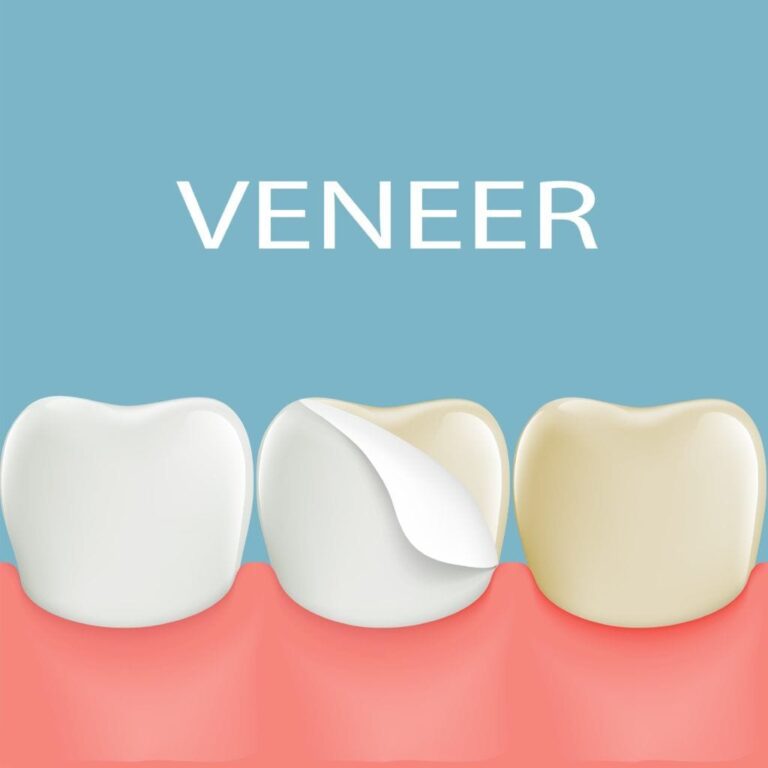If you want to understand how, say, a rocket engine or the digestive system works, you probably need an advanced degree.
Luckily when it comes to dental veneers, however, no advanced degree is necessary to understand how they work. The concept is really pretty straightforward.
How Do Dental Veneers Work
Basically they’re an outer cover that gets fitted over your teeth.
Think about your cell phone. If the back of your cell phone gets damaged or you get bored of how it looks, you can buy a case to put over it. Once you snap the case into place it totally changes the look of your phone. It also provides some more protection and support for you phone as well.
Veneers provide a similar transformation for your teeth.
They are very thin, custom-made shells that cover the front of your teeth to give you a beautiful smile.
They are commonly used to correct teeth that are discolored, chipped, misaligned, gapped, broken, worn down, overcrowded or irregularly shaped.
How Getting Veneers Works
Here’s how the procedure of getting veneers typically works.
It will require a few trips to your dentist.
The first trip is about diagnostics and planning. Your dentist will examine your teeth and get a clear understanding from you about how you’d like to improve your smile. They may even take some x-rays.
The dentist will use all this information and their expertise to see whether veneers are a good option for you.
Assuming you get the green light, the next visit is for preparation.
In order to fit veneers on your teeth, your dentist will have to remove a thin layer of enamel from the tooth/teeth that will get veneers. It’s typically about ½ millimeter thick which, not coincidentally, is about the thickness of a veneer.
Once the layer of enamel is removed, the dentist will make an impression of your teeth. This will serve as the model that the lab will use to make veneers that are customized to your mouth.
The dentist will also determine the exact color of your remaining teeth so your veneer won’t stick out like a sore thumb (or a discolored tooth).
Usually it will take the lab a few weeks to create your veneers. Once that’s done, it’s time for the last step in the process… placing your veneers.
During this visit, your dentist will put the veneer(s) in place to make sure they fit perfectly. At this point she can make some last minute adjustments so the veneers look just right.
Once your dentist is sure the veneers fit just right, it’s time for bonding.
(Not bonding with your dentists, bonding your veneers to your teeth.)
Your dentist will prep your tooth and then apply a dental bonding cement that the veneer sticks to. Then she’ll use a special light beam that activates chemicals in the cement. This causes it to harden quickly and, at that point, your veneer is firmly in place!
All that’s left to do at that point is remove any excess cement then trim and polish as needed and you’re good to go.
To learn more about how veneers work and to talk to a cosmetic dentist in your area that specializes in veneers, search our listings here…








